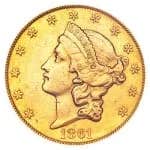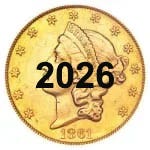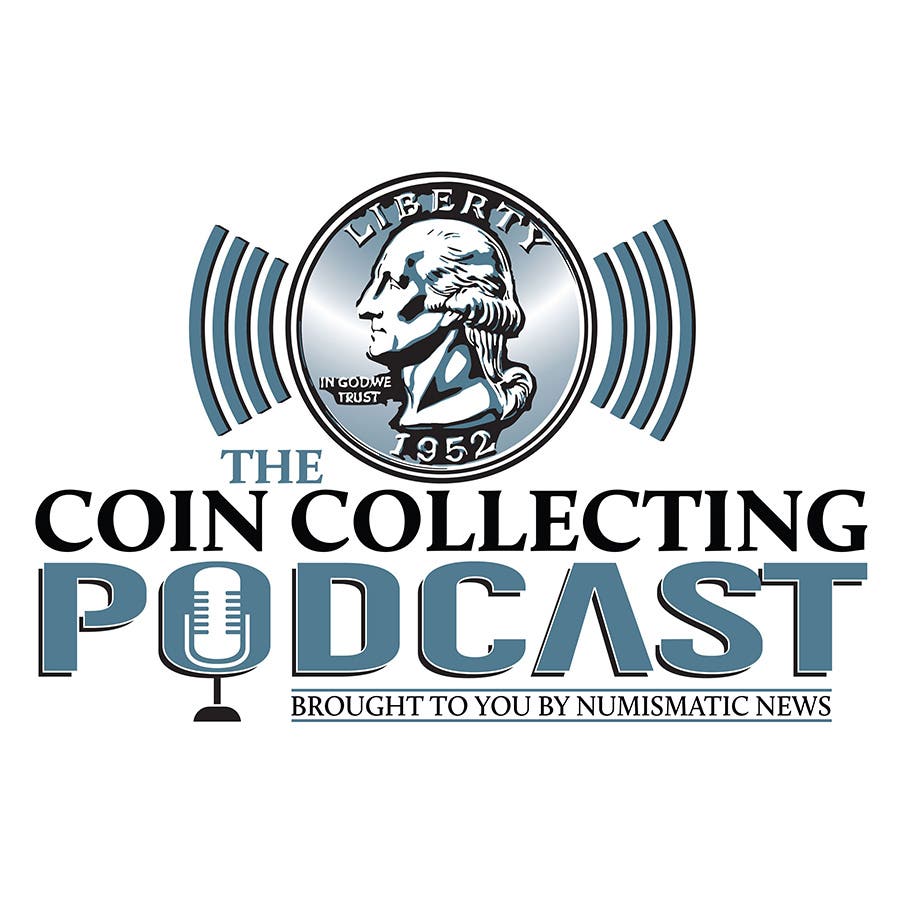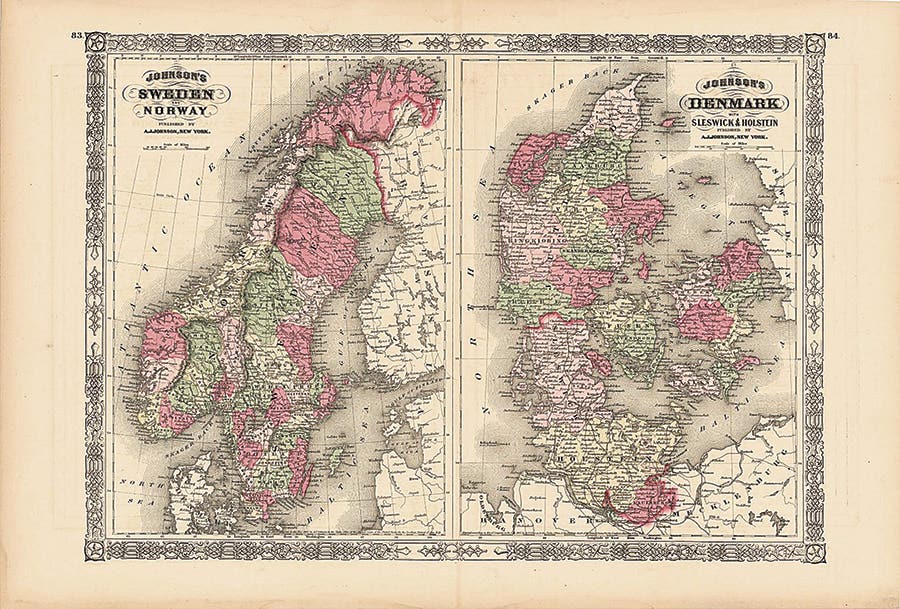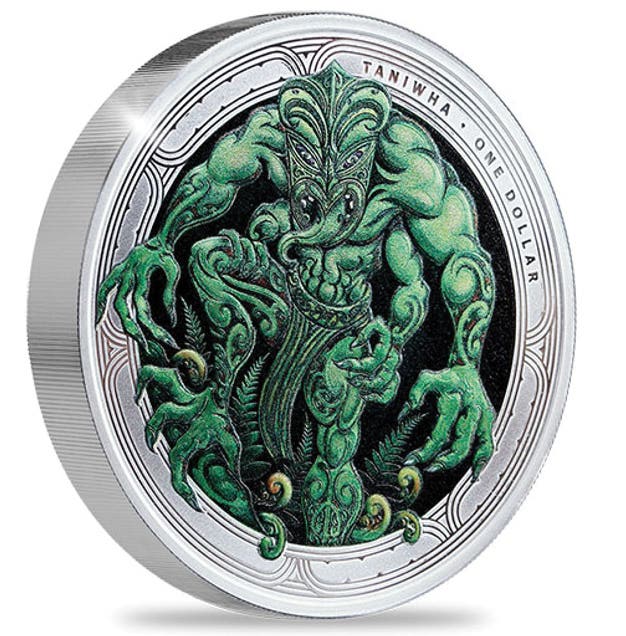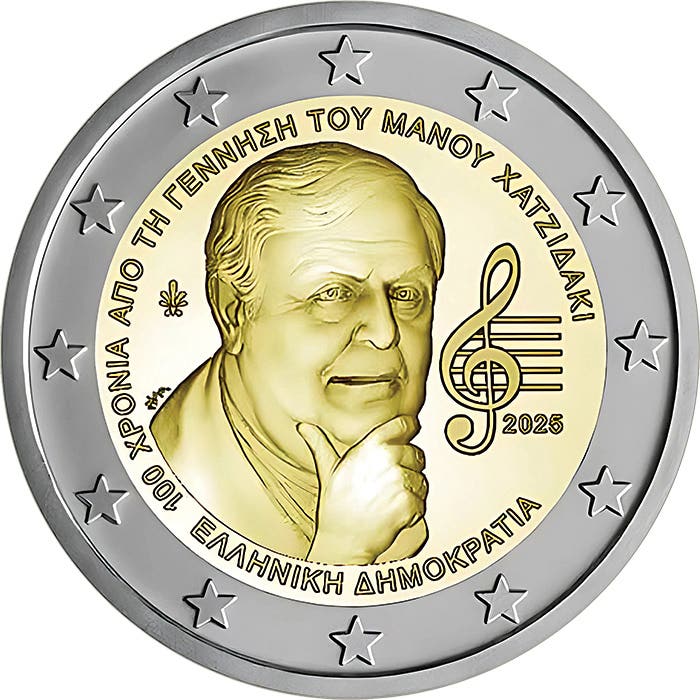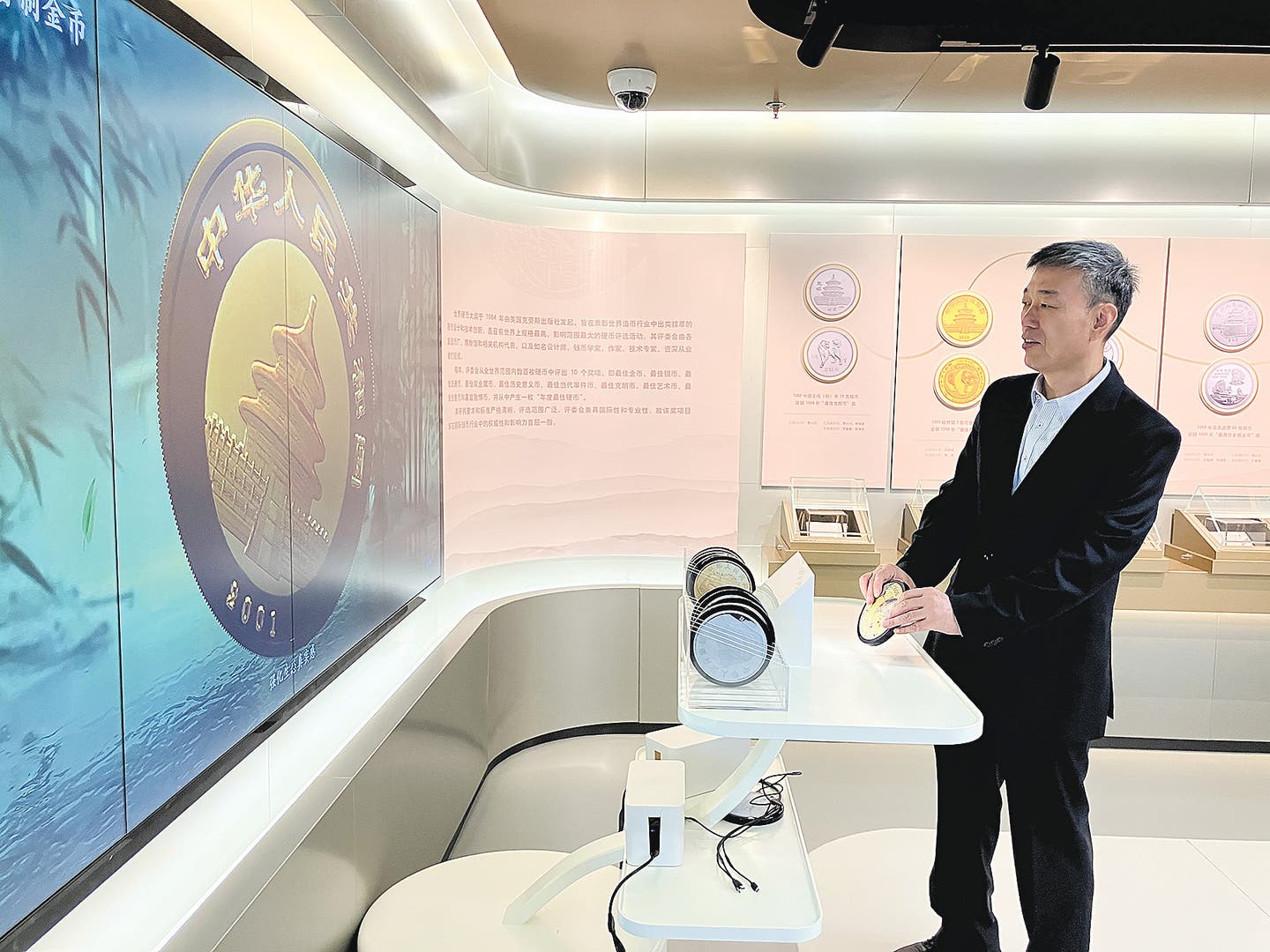Oldest Coin Ever Found in Saxony Unearthed Near Leipzig
A metal detectorist near Leipzig uncovered a 2,200-year-old Celtic gold “rainbow cup,” recognized as the oldest coin ever found in Saxony and evidence of early Celtic trade.
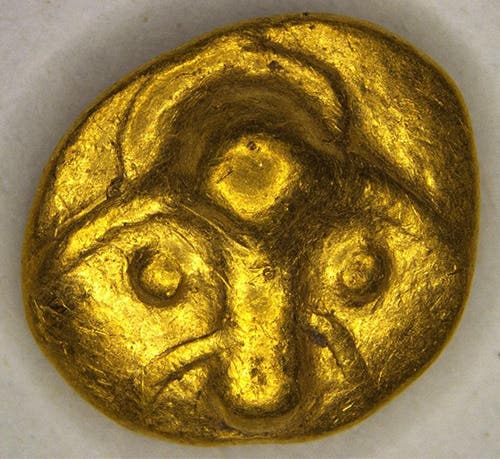
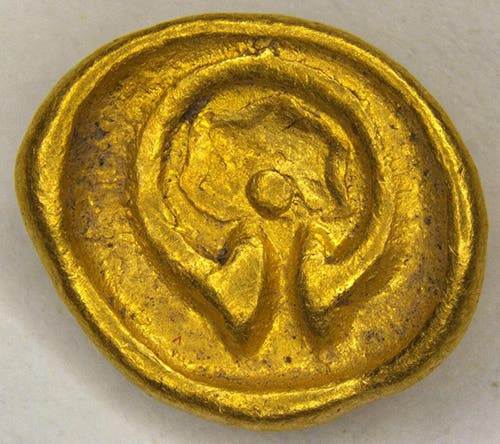
Archaeologists in Germany have confirmed the discovery of the oldest coin ever found in Saxony, a 2,200-year-old Celtic gold piece known as a “rainbow cup.” The find, made near Leipzig by a metal detectorist this summer, sheds new light on early trade and cultural connections between Celtic and Germanic peoples during the late Iron Age.
The tiny gold coin, weighing about two grams, dates to the third century B.C. and is believed to have originated in modern-day northern Bohemia. Classified as a quarter stater, it is made of nearly pure gold and features classic Celtic iconography. One side depicts a stylized animal head, possibly a stag, while the reverse shows a torc, or neck ring, accompanied by a star and a sphere. The coin's bowl-like curvature gives it its German nickname, Regenbogenschüsselchen, or “rainbow cup.”
That name comes from folklore. Centuries ago, farmers plowing their fields occasionally unearthed these shimmering gold coins after a rainstorm, believing them to be treasures dropped where a rainbow touched the earth. Today, archaeologists have classified them as high-value Celtic issues that rarely appear outside traditional Celtic settlement zones, which makes the Saxony discovery especially remarkable.
The inclusion of the torc on the coin’s design is particularly meaningful. In Celtic culture, the torc symbolized power, nobility, and divine protection. Warriors and chieftains often wore it as a mark of prestige. Its presence on the coin likely reinforced the idea that this was not ordinary currency but an emblem of status or spiritual significance.
“This find significantly predates any coinage previously discovered in the region,” officials with the Saxon State Office for Archaeology announced. Before this discovery, the oldest known coin in Saxony dated to the first century B.C. The newly unearthed gold quarter stater pushes back the timeline of regional coin use by roughly two centuries.
Its excellent preservation suggests the coin was never used as a circulating currency but rather served as a symbol of wealth and identity. Such coins may have been exchanged as diplomatic gifts or used to secure trade among elites. The presence of this coin in Saxony hints at active economic and cultural exchange between Celtic tribes in Bohemia and the Germanic groups to the north. It remains under the care of the Saxon State Office for Archaeology, where experts plan further analysis and conservation before it is presented for public display.
Whether destined for a museum case or academic study, the “rainbow cup” is a glittering reminder that the story of European coinage still holds surprises, sometimes buried just beneath the next rainbow’s end.
You may also like:

